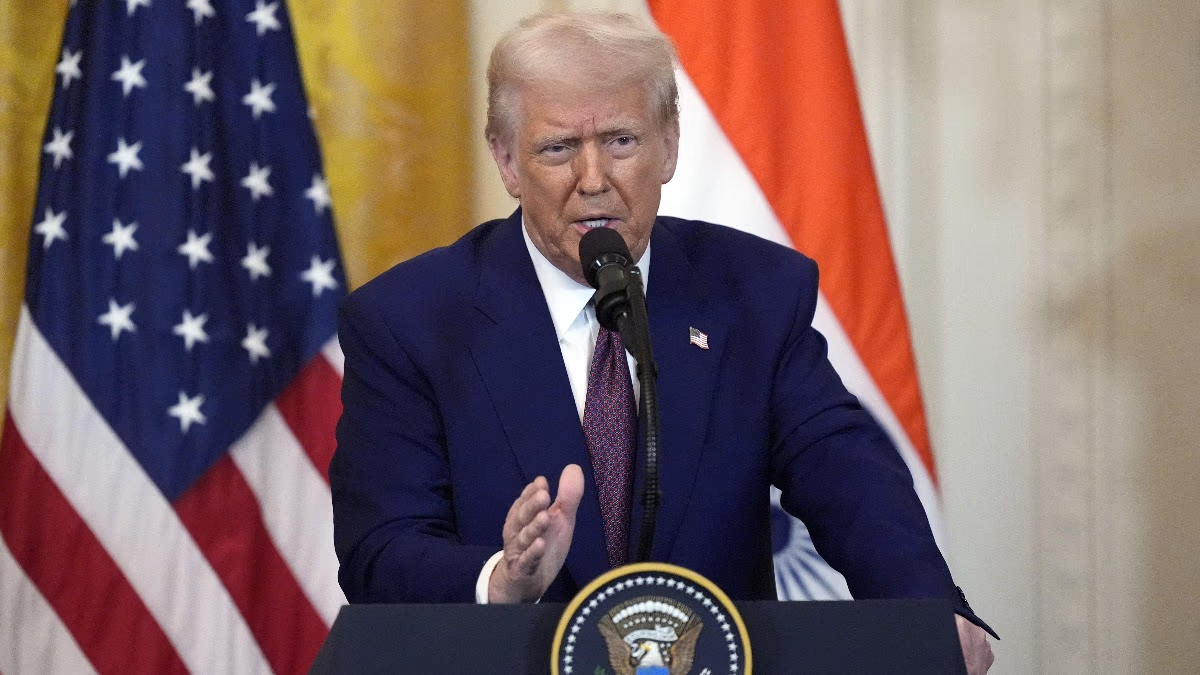President Donald Trump has announced the implementation of reciprocal tariffs. He stated that he will impose the same tariff on every country as that country imposes on the United States. While this approach by Trump may seem equitable and fair, it could potentially become a headache for many countries.
For Asian countries, especially emerging ones like India, this tariff poses more risk compared to developed nations like Japan. If Donald Trump imposes reciprocal tariffs on India, it could deeply affect the exports from India to the United States, impacting thousands of employees and not just restricting imports.
What Trump Said in the Press Conference
On February 13, Trump, alongside PM Modi, held a joint press conference in Washington D.C. During this conference, Trump announced his plan to implement 'fairness and reciprocity' in trade with India.
Trump emphasized his goal to enhance bilateral trade with India and bring equality in tariff structures between both economies. In the joint press conference, Trump remarked, 'Whatever tariffs India imposes, we will impose just as much. We want a level playing field.'
The Advantage India Holds in Trade
Data indicates that India has a positive trade balance with the US, meaning India exported about $50 billion more goods than imported from the US in 2023. As per government data, imports from the US to India were around $70 billion, whereas India's exports to the US were $120 billion, totaling approximately $190 billion in trade between the countries.
According to analysts from Nomura, beyond China and Thailand, emerging economies like India face relatively high tariff rates on US exports, thus encountering the risk of higher reciprocal tariffs. Indeed, India's average tariff rate on US imports (9.5%) is the highest among major Asian economies, followed by China (7.1%), Thailand (6.2%), and Indonesia (4.2%).
Understanding Reciprocal Tariffs
By definition, reciprocal tariffs mean imposing the same duties on imports from other countries as those countries place on US exports. For instance, if India applies a 25% duty on US automobiles, the US would reciprocate with a 25% duty on automobile imports from India.
For emerging Asian countries like India, reciprocal tariffs pose a higher risk compared to developed countries like Japan. Nomura notes that the average effective tariff on US exports to India is around 9.5%, whereas the US applies a 3% tariff on Indian exports.
According to Nomura, two sectors—agriculture and transportation—are facing significant risk. Additionally, other sectors with particularly high relative tariffs in India include textiles, footwear, and chemicals. Major exports from India to the US encompass electrical/industrial machinery, gems and jewelry, pharmaceuticals, fuel, iron and steel, textiles, vehicles, apparel, and chemicals, with iron, steel, and aluminum making up about 5.5% of the total exports.




